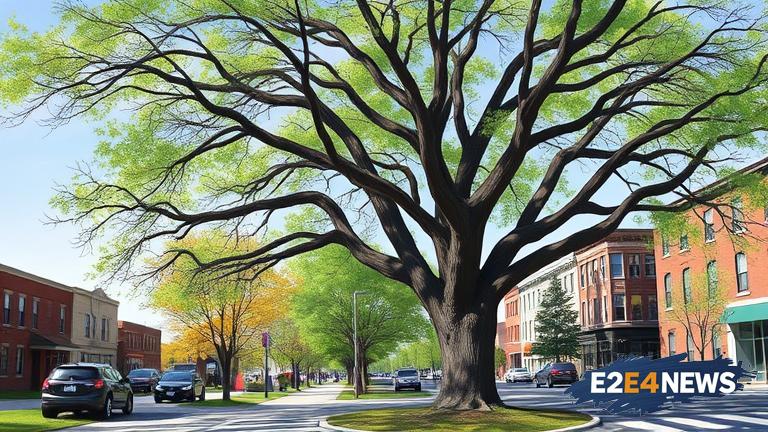The city of Madison has recently implemented a new ordinance that focuses on preserving old trees and replacing them with new ones when necessary. This move is part of a broader effort to enhance the urban canopy and mitigate the effects of climate change. The ordinance is designed to ensure that the city’s tree population remains healthy and thriving, providing numerous benefits to residents and the environment. One of the primary goals of the ordinance is to protect old trees, which are often removed due to disease, damage, or development. By preserving these trees, the city can maintain the aesthetic and ecological value they provide. The ordinance also includes provisions for replacing old trees with new ones, which will help to maintain the city’s tree canopy and promote biodiversity. The city has established a set of criteria for determining when a tree should be replaced, including its age, health, and condition. In addition to preserving old trees, the ordinance also aims to increase the city’s tree canopy by planting new trees in areas where they are needed most. This will not only enhance the beauty of the city but also provide numerous environmental benefits, such as reducing air pollution and mitigating the urban heat island effect. The ordinance has been well-received by residents and environmental groups, who see it as a positive step towards creating a more sustainable and livable city. The city’s efforts to preserve old trees and promote a healthy urban canopy are part of a larger trend towards urban forestry and sustainability. Many cities around the world are recognizing the importance of trees in maintaining a healthy environment and are taking steps to protect and expand their urban forests. The benefits of a healthy urban canopy are numerous, including improved air quality, reduced stormwater runoff, and enhanced biodiversity. By preserving old trees and planting new ones, the city of Madison is taking a proactive approach to creating a more sustainable and resilient urban environment. The ordinance is also expected to have a positive impact on the local economy, as a healthy urban canopy can increase property values and attract businesses and residents to the area. Furthermore, the ordinance will help to promote a sense of community and civic pride, as residents come together to plant and care for trees. The city’s efforts to preserve old trees and promote a healthy urban canopy are a testament to the importance of urban forestry and sustainability. As the city continues to grow and develop, it is essential that it prioritizes the preservation of its natural assets, including its trees. By doing so, the city can create a more livable, sustainable, and resilient environment for its residents. The ordinance is a significant step towards achieving this goal, and it is expected to have a lasting impact on the city’s environment and quality of life. In conclusion, the city of Madison’s new ordinance is a positive step towards preserving old trees and promoting a healthy urban canopy. The ordinance is designed to protect and replace old trees, increase the city’s tree canopy, and promote biodiversity. By prioritizing urban forestry and sustainability, the city is taking a proactive approach to creating a more sustainable and resilient environment. The benefits of this approach are numerous, and it is expected to have a lasting impact on the city’s environment and quality of life.
